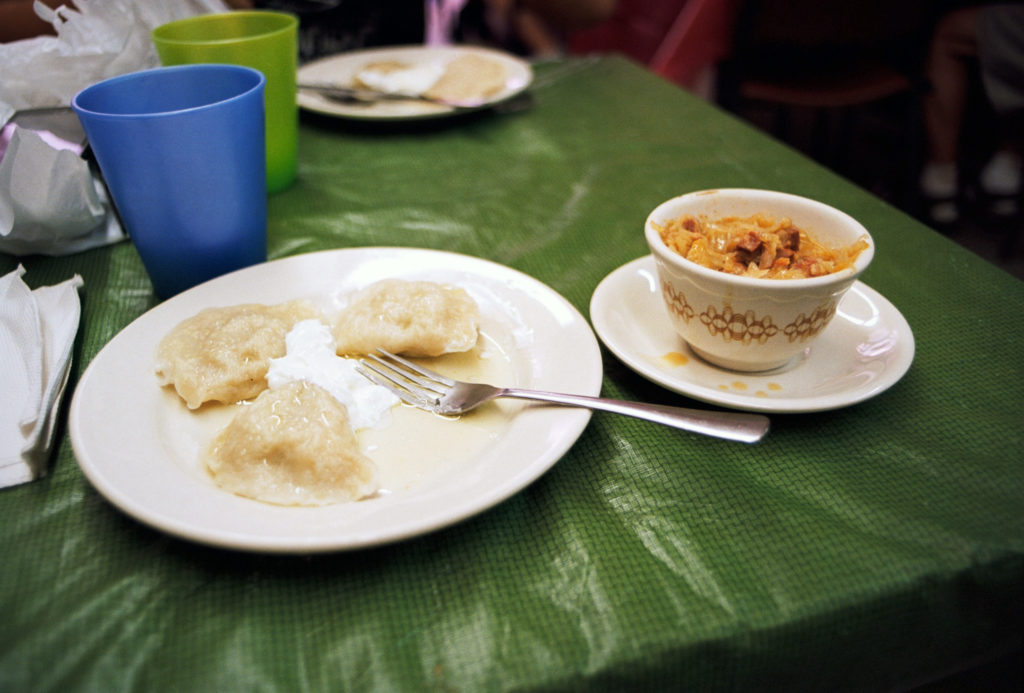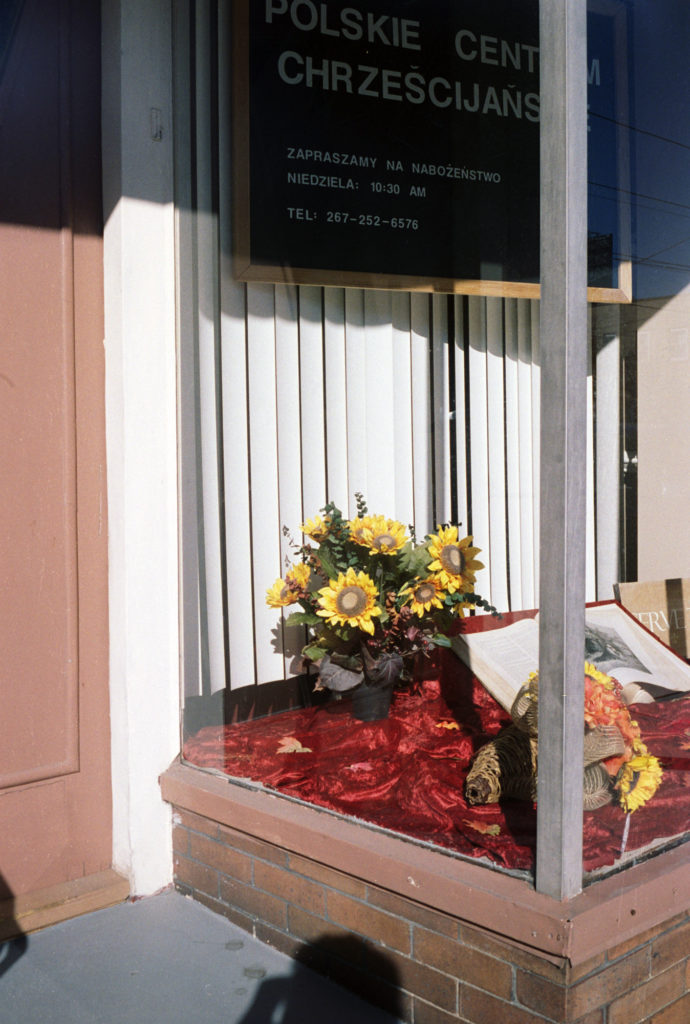My relationship with the city of Philly now officially spans more than a decade. Though I came to the city when I was younger, I only came to the city as a knowing and willing adult circa 2011 or so, when my friend Nick, who had grown up in Manhattan but moved to my hometown, began to take an interest in exploring it. In those days, our activities primarily revolved around Center City and limited parts of South Philly like the Italian Market and South Street/Queen Village. We weren’t nearly hip enough to know what was going on north of Vine Street at the time, as Fishtown was transforming from the nexus of creative activity for artists to the next hotbed of real estate development, inheriting the title from Northern Liberties which inherited it from Old City in an ever-grinding forward march.
We were so unhip, that I actually recall googling “where is Philly’s indie music scene” one day when I was in high school. Alas, the scene would take a few years to reveal itself to me, primarily in the form of Kurt Vile and The War on Drugs, and now I probably know more about it than I frankly need to know.
Though we weren’t aware of Fishtown before it became cool, we became frequent visitors of its northern neighbor, Port Richmond, during college. Port Richmond felt like the most Pittsburgh neighborhood in Philly to me – mostly white middle/working class, with a still-functioning industrial waterfront and a large but seemingly fading population of Poles and other eastern Europeans. We visited mostly for the food our first few times there – Syrenka Luncehonette, Krakus Market, Czerw’s, Polka Deli, Corner Bar (not necessarily Polish, but has an excellent and free shuffle board table) and Donna’s Bar. The last three are still there, but the first two have since closed, likely victims of the infrastructure upgrades to Richmond Street which intended to return the 15 Trolley back to service in the area (issues with the ancient rolling stock and the I-95 expansion [I believe] have still prevented trolley service from reaching Richmond Street a whole 7 years after that project began).
Back when I first started visiting Port Richmond, Richmond Street in particular resembled the main streets some of the faded steel towns that I had begun exploring in Pittsburgh – Homestead, Braddock, Rankin. Though Richmond St was never quite as desperate as some of the towns around Pittsburgh, it shared some of the same qualities – a variety of architectural styles, plenty of spaces for new commercial uses, good transit connectivity and – this one’s important – plentiful cheap housing.
In a word, Port Richmond had everything that Fishtown and Northern Liberties had before their booms (though there were far fewer vacant lots, Port Richmond had never fallen as hard as some of the other Riverwards neighborhoods and its building fabric remained intact). My friend Nick and I hypothesized back in those days that it was only a matter of time before younger people began to move in, some of the vacant storefronts gave birth to new enterprises and some new life was breathed into the neighborhood. Lo and behold, that seems to be happening after about seven years. The Lunar Inn, Launderette Records, Riverwards Cafe, Big Top Vintage and others are all open or opening on Richmond Street, while a few prominent properties are being/have been redeveloped.
I was pretty disappointed to hear a few years back that Krakus and Syrenka had closed. I’m not Polish or even of eastern European descent, but since I like Polish food, I will sorely miss those classic spots. Luckily, Philly maintains a large eastern European population in the suburban Northeast, where I’ve been able to go for specialty foods. But a part of Port Richmond is gone and is likely never coming back. A few of the old establishments remain, but I imagine things might begin to change at a more rapid pace if Richmond Street continues to become a hip new commercial corridor.
Neighborhoods change, and I’m not mad – these changes are the results of decisions by individuals who have chosen to sell their properties or redevelop their storefronts. The changes are exciting to see, Richmond Street had clearly seen better days and was destined for a brighter future. But for anybody who’s seen a forgotten industrial neighborhood repurpose itself, the first stages always feel odd. The taste and smell of the old lingers and the new doesn’t quite stick yet. Perhaps one day. For now, here’s a few photos to mourn Richmond Streets past…





